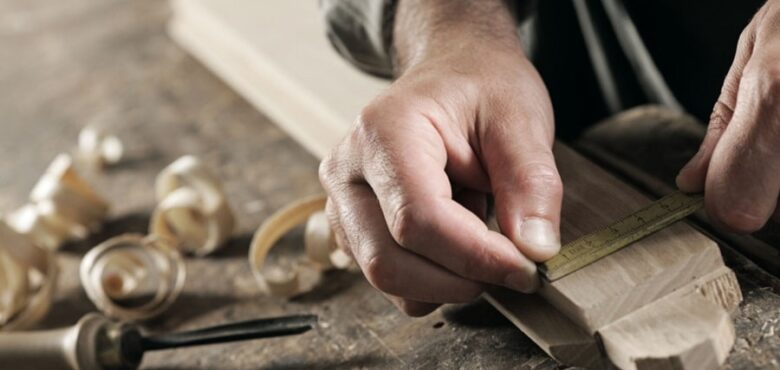Category:

- February 2, 2021
Should You Hand-Craft or Machine-Build Your Product?
Products come in all forms from cakes to clothing to computers. The way you choose to manufacture your product can have a big impact on the type of customer it will attract. It could also have an impact on the scale of your business and the return that you are likely to make.
Below are just a few considerations that may help you to choose whether to hand-craft or machine-build your product – whatever your product may be.
Why Hand-Craft Your Product?
A product can sometimes start as a craft hobby. In these cases, you may enjoy crafting the product yourself with your own hands. Your customers meanwhile may appreciate the skill involved – this is likely to be the big selling point. By choosing to mechanize your product, you may end up sacrificing the soul of your business, eliminating both the personal appeal and the customer appeal. For this reason, it may make sense to continue hand-crafting it.
Hand-crafted products can also allow more individuality. It’s much harder to create made-to-order products entirely with machinery. It’s for this reason that wedding cakes are often hand-baked or custom suits are often hand-tailored.
Hand-crafting can also be cheaper up front. You don’t have to invest in expensive machinery to manufacture your product. If you’re launching a startup and you only have a small budget, it may make sense to keep making your own product by hand rather than starting a factory.
While the financial costs may be lower, hand-crafting a product may cost you more time per product. While a machine can churn out a single product in minutes, making a single product yourself could take hours, days or even weeks. The more time you have to put in per item, the less items you can make. This could mean having to charge more per item in order to make any viable income.
Higher pricing can mean higher quality expectations, so you may have to make sure that you’re skilled enough in your craft to deliver something that customers will pay a lot for. You may have to use more premium materials or ingredients to justify the price. Customers may also expect your business to be greener as a result of not using machinery. You may have to be more select with your material suppliers as a result.
Why Machine-Build Your Product?
Machine-built products are much easier to mass-produce. A machine can more accurately create identical copies. Using a machine also eliminates the tedium of making the exact same product repeatedly by hand. On top of this, it is much quicker to mass produce products by machine – machines can work ten times and sometimes a hundred times faster than a human without the need for a break.
Machine-built products can require higher investments up front – you’ll need to purchase the right machinery for the job. However, in the long run you’ll save money that would be spent on manpower and you’ll produce more items to sell, allowing you to make a much larger return more quickly. Machine-built products can often be sold more cheaply as a result.
Quality still matters when building a product by machine. However, you may be able to get away with cheaper materials and more basic designs that you would with a hand-made product. Machine-built products tend to have a more conventional appeal. While you can make premium unique products via machine using technology such as 3D printers and programmed laser cutters, these may still not have the artisanal value as something that is hand-crafted.
Machine processes may be able to be outsourced in some cases. When building your machines initially, you’ll likely want help manufacturing vacuum molds or dies – you want to be able to trust your engraved die maker, so it could be essential to outsource this task. In other cases, you may be able to have parts of your product manufactured for you at another factory or even your entire product manufactured for you if you simply want to handle the design. Outsourcing will reduce initial costs, even if it does increase running costs.
Can You Combine the Two?
Many hand-crafted products will still use some kind of machinery during the manufacturing process whether it’s a sewing machine or a power drill. Similarly, many machine-built products will still require some human intervention, whether it’s simply crafting the prototype or packaging the product.
Consider whether it may benefit you to combine elements of hand-crafting and machine-manufacture. This could include machine-building a pair of choosing, but deliberately choosing to hand-stitch the sole rather than gluing them on.

